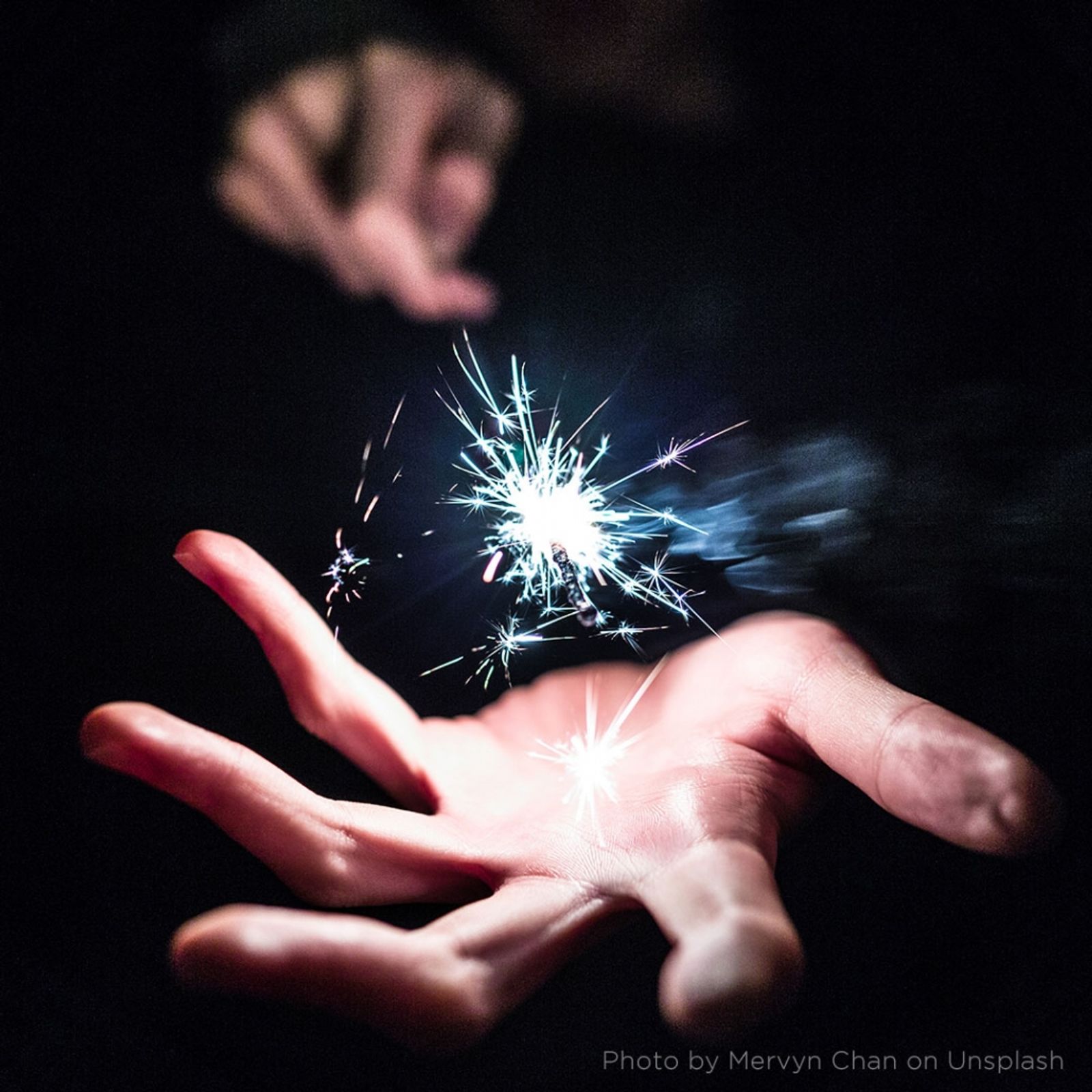News
Defining Innovation
Mar 5, 2019

I watched my kids wander through Diagon Alley, and it was clear that they had been transported to another world. Every ride, every storefront, every detail at Universal Studio’s Wizarding World of Harry Potter had been meticulously crafted to create more than a theme park—the words from J.K. Rowling’s pages had wondrously come to life.
As my son and daughters donned their wizarding robes, toting butterbeers in hand, there was one moment of awe and wonder greater than all the rest—the wand selection ceremony at Ollivander’s wand shop. As they entered the shop, the magic in the air was palpable. When my oldest daughter was selected to participate in the ceremony, the anticipation was electrifying. And when the sparks flew, the epiphany happened, and the wand chose my daughter… for an instant she truly was a lucky witch about to embark on a new adventure to Hogwarts.
And the wands themselves are more than props or toys. They actually work. Well… at least they are able to cast spells (with the proper training and technique) within the boundaries of this magical world. For a few days, the world of Harry Potter was no longer a fictional place of books and dreams. It was real.
Now from the storied world of vacation to the magical world of the day job…
I recently assumed the role of Chief Innovation Officer at Upstream 360. A fancy title, certainly, and one that frequently incites the question of “What actually do you do?” Excellent question. And a question that ultimately leads to a bigger one… “How do I define Innovation?”
Innovation is a term that is broadly bounded around and used to describe a vast array of activities and objectives. From my time in the corporate world at Procter & Gamble as well as my time now in the agency adventure with Upstream 360, I’ve learned that it is often easier to first start with what Innovation is NOT.
- Not Ideation: Yes, every great innovation stems from a big idea, but not every idea yields an innovation. Our cubicles are lit by the magic light bulbs of ideas, insights, and inspiration that open our minds. But until they become real, tangible, and executable, they are merely dreams, and not innovation.
- Not Invention: The Cambridge Dictionary defines an invention as “something that has never been made before, or the process of creating something that has never been made before”. Innovation then is finding a way to utilize and commercialize invention(s), and get them out of the lab and into the world.
- Not Technology: While technology is often the delivery system for Innovation, it is not in itself enough. The Museum of Failure is filled with amazing technologies that failed to drive change in the world because they failed to connect with an unmet need, a job to be done, or a successful commercial proposition. If a technology launches into a market and there is no one there to use it, does it make a sound?
- Not Creativity: Creativity is about unlocking possibilities in our mind, heart, and soul to imagine new ideas. It is crucial in solving tough problems, cracking clever design challenges, and building in consumer delight. Creativity is a critical element in the culture and thought process of innovation… while Innovation is about the application and implementation of this creativity in the pursuit of satisfying a consumer, business, or societal need.
So what, then, is Innovation? For me, it is holistically uniting our ideas, our inventions, our technologies, and our creativity and crafting an actionable commercial proposition—a bold proposition that makes a positive impact on individuals, on our business, and on society. It is taking the ideas and dreams from our minds, our pages, and our labs, and launching tangible products and services. It is taking the awe of a child’s storybook imagination and putting a real magic wand into their hands.
Ralph Waldo Emerson once said, “Good thoughts are no better than good dreams, unless they be executed!”
So what is innovation to me?
It is “Making the Unreal, Real.”



